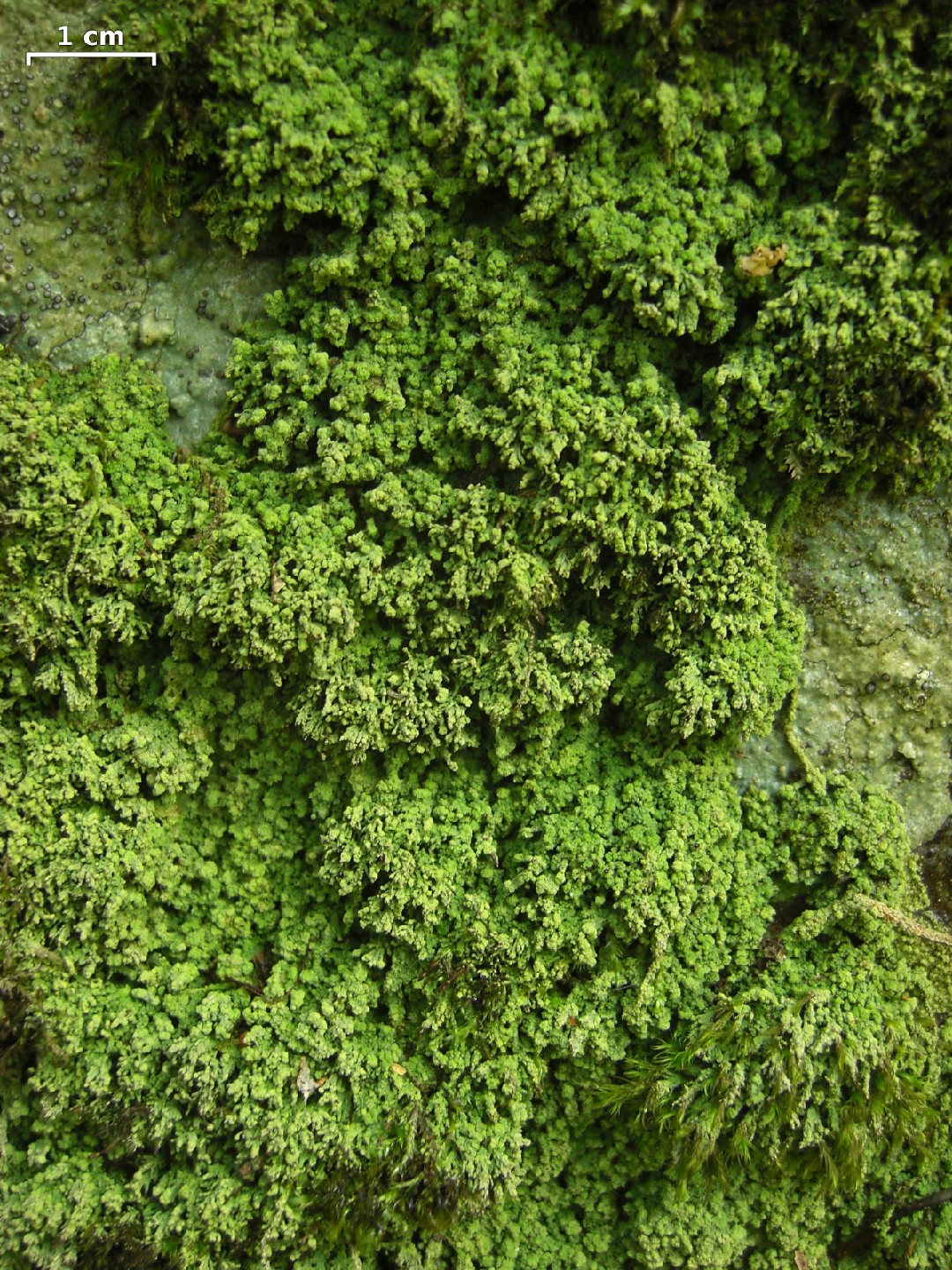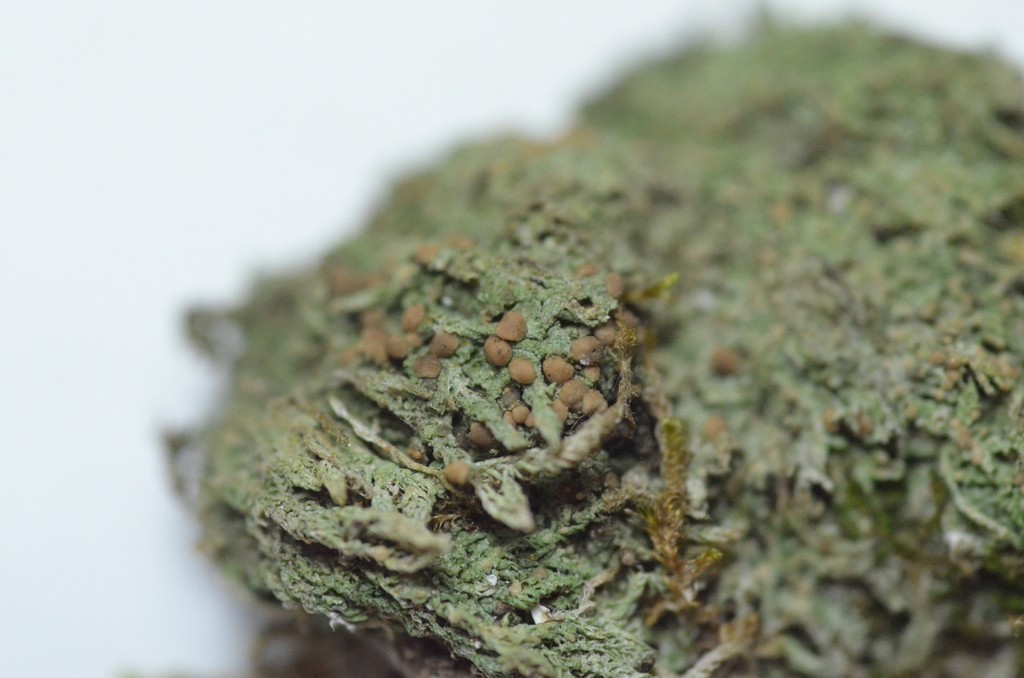Dot lichens
Scientific name: Biatora
Dot lichens
Scientific name: Biatora
 Photo By Jason Hollinger , used under CC-BY-2.0 /Cropped and compressed from original
Photo By Jason Hollinger , used under CC-BY-2.0 /Cropped and compressed from original Description
Dot lichens is a group of lichens commonly found on tree bark and rocks. They form small, rounded, crust-like structures that can vary in color from pale gray to greenish or brownish. Some species in this group have the ability to change color when wet, becoming more vibrant. Dot lichens lichens play a role in forest ecosystems by contributing to nutrient cycling and providing microhabitats for small organisms.
